Buying Guide: Key Steps to Planning an Efficient Sandwich Production Line
Introduction: How to Make the Right Sandwich Production Line Purchase Decision
As the convenience food, fast food, and e-commerce industries continue to grow rapidly, sandwiches have emerged as a high-demand product in many markets. For manufacturers aiming to stay competitive, investing in an automated sandwich production line is no longer optional—it's essential. But how do you select the right equipment to match your production goals, space, and budget?
A well-thought-out investment in production automation goes beyond the machinery itself. It affects your productivity, quality control, operational efficiency, and overall scalability. This guide will walk you through the key steps and critical considerations when planning a sandwich production line tailored to your specific business needs.

Define Your Needs: From Production Volume to Product Types
The most expensive or high-tech equipment isn’t always the best fit. The right line is one that aligns with your current production demands and future growth potential. Start by identifying what types of sandwiches you intend to produce and at what scale.
Are you producing hot sandwiches, cold sandwiches, crustless varieties, or complex stuffed options? Do you need flexibility to work with various types of bread, spreads, meats, vegetables, and cheese combinations? Will your final product be packed in vacuum-sealed, MAP (Modified Atmosphere Packaging), or flow wrap? All these product decisions influence what type of modules your production line requires—such as spread applicators, filling dispensers, cutters, and packaging stations.
Also, don’t forget labeling, date printing, and integration with inventory or logistics software. A production line should serve as a flexible tool, not a bottleneck.
Space Planning: Layout Optimization for Workflow Efficiency
A high-efficiency production line needs more than just the right equipment—it requires smart spatial design. Evaluate your available factory floor space and plan the layout accordingly. The placement of each module should support seamless, hygienic workflow and leave room for possible future expansion.
Consider the flow of materials from receiving to dispatch, separation of clean and contaminated zones, and accessibility for daily cleaning and maintenance. Ensure your line allows for ergonomic operator access and integrates climate control points such as temperature/humidity regulation or bacteria detection sensors where needed.
By optimizing layout design, you reduce contamination risk, improve operator safety, and streamline production.
Budget and Financial Planning: Saving Money Isn’t the Same as Saving Performance
Purchasing an automated production line involves more than just a price tag. Your total cost of ownership should include installation, commissioning, training, maintenance, spare parts, energy consumption, and potential upgrades for regulatory compliance.
Don’t focus solely on upfront savings. Evaluate the return on investment (ROI) over 1, 3, and 5 years. A premium system that stabilizes production, minimizes downtime, and delivers consistent output may pay for itself quickly compared to cheaper options that require frequent repairs or adjustments.
Also, explore financing plans, leasing options, or grants available for food manufacturing automation. Efficient cost modeling and ROI forecasting are critical for long-term profitability.
Technology Match: Ensuring Compliance, Consistency, and Data Integration
A high-performing sandwich line must support the precision required by your product specifications. Whether you’re slicing different types of bread, applying condiments with consistency, or layering multiple ingredients, your chosen equipment should be engineered to maintain quality, hygiene, and uniformity.
Look for modules with adjustable slicing thickness, automated portioning, adaptive filling, and contamination control. For example, intelligent applicators can distinguish between sauces and spreads, while modular cutters can adapt to sandwich size and shape.
Beyond mechanical function, data integration is a game-changer. Can the line communicate with your MES or ERP systems? Can it provide real-time analytics on batch production, quality metrics, or predictive maintenance alerts? Equipment that supports digital connectivity future-proofs your factory and enhances traceability.
Choosing a Reliable Supplier: A Technology Partner, Not Just an Equipment Vendor
The supplier you choose will have a long-term impact on your operations. Look for manufacturers with proven expertise, robust after-sales support, and a track record in your specific industry segment.
Evaluate case studies relevant to your product type and market. Does the supplier offer training, customization, remote diagnostics, and a reliable spare parts pipeline? Can they provide certifications such as CE, FDA, or HACCP compliance?
Time is money—ensure the supplier can respond quickly to breakdowns or maintenance needs. A reliable partner will not just sell equipment, but actively contribute to your production efficiency and business continuity.
Conclusion: Build Your Line with Strategic Thinking and Operational Vision
An automated sandwich production line is not a luxury; it’s a strategic investment in quality, efficiency, and scale. In an era of data-driven operations, customer expectations, and strict food safety standards, the right production line can determine your success or failure in a competitive market.
This guide has provided a comprehensive roadmap—from product planning and budgeting to layout and supplier selection. Use it to evaluate your current needs, anticipate future growth, and make an informed, strategic investment.
Must-Read Blogs For Chain Restaurants Owner

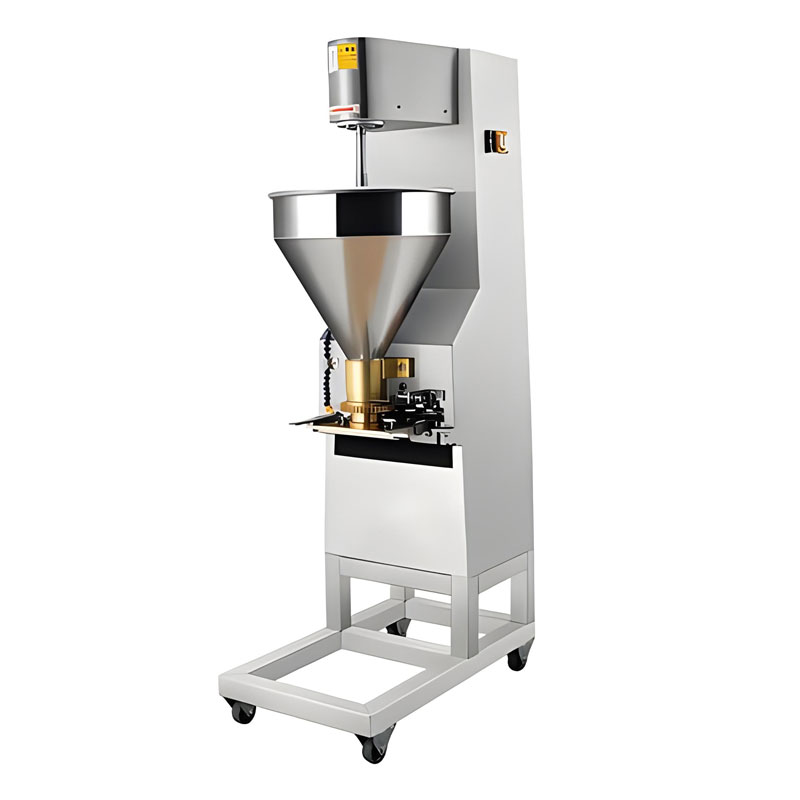
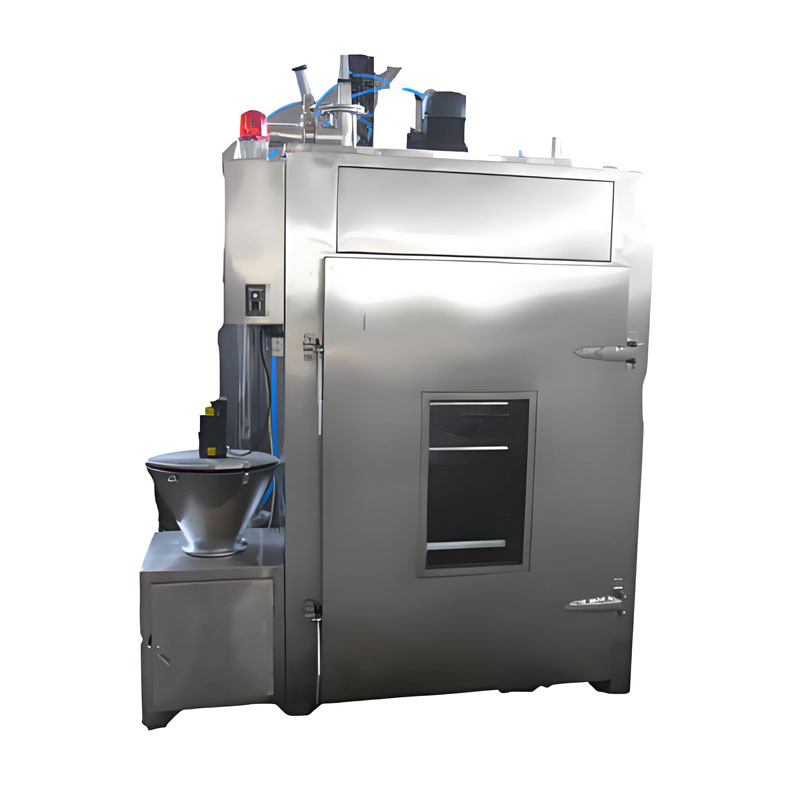
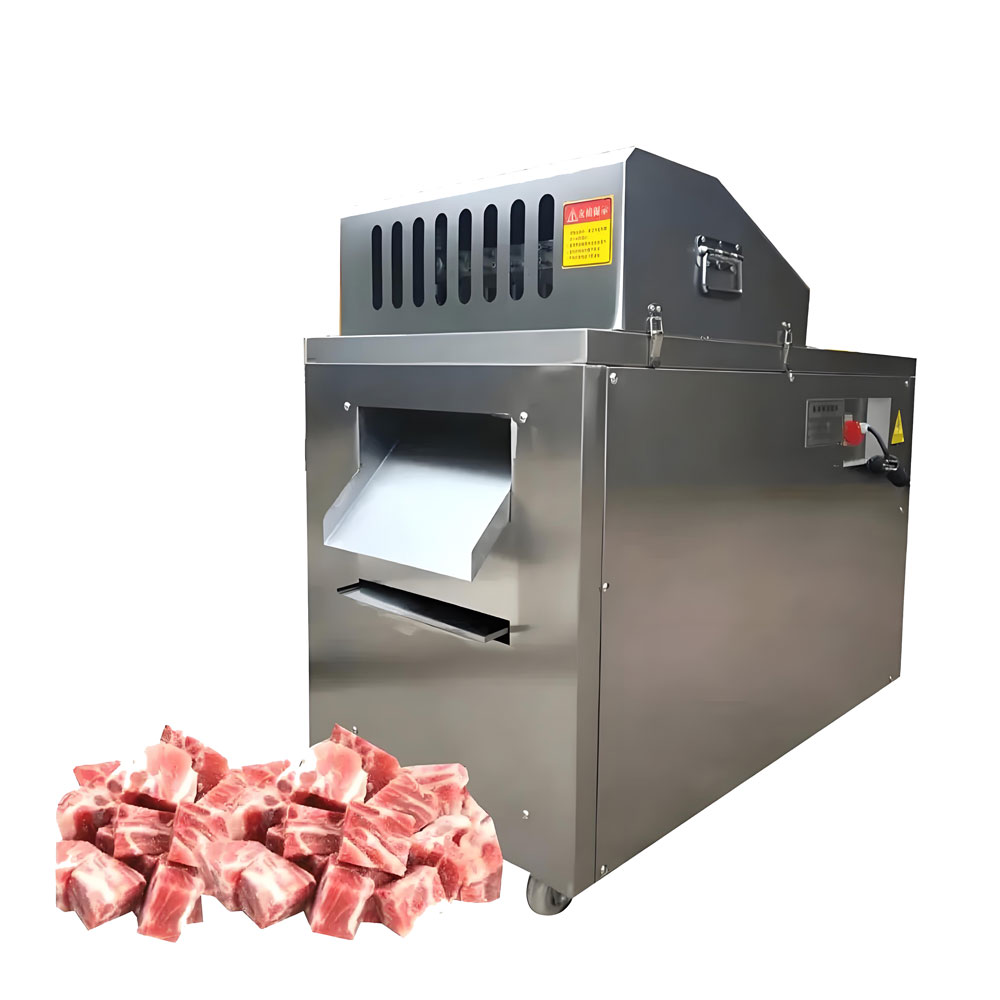
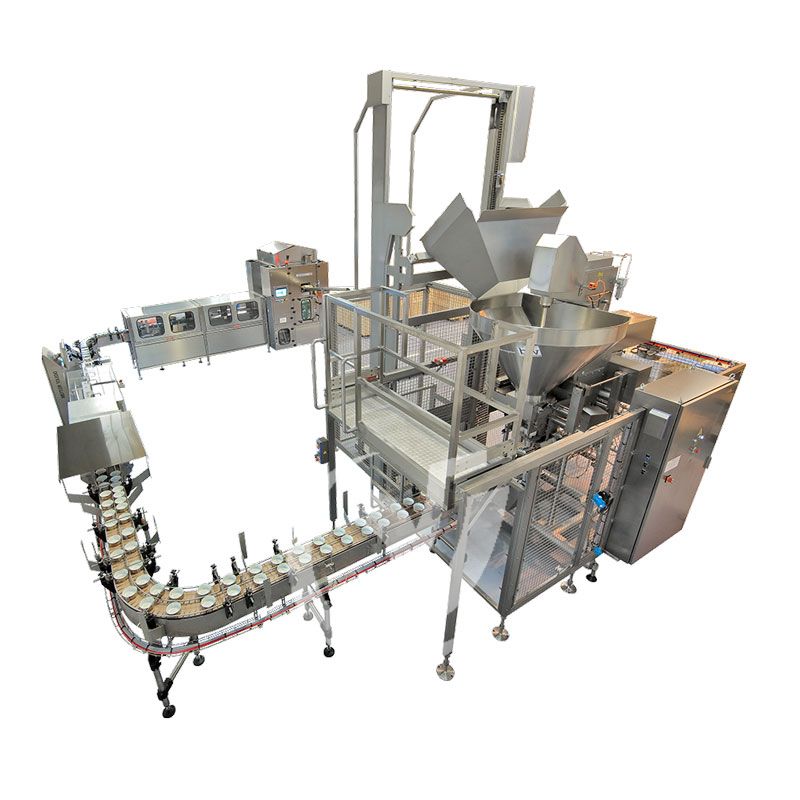

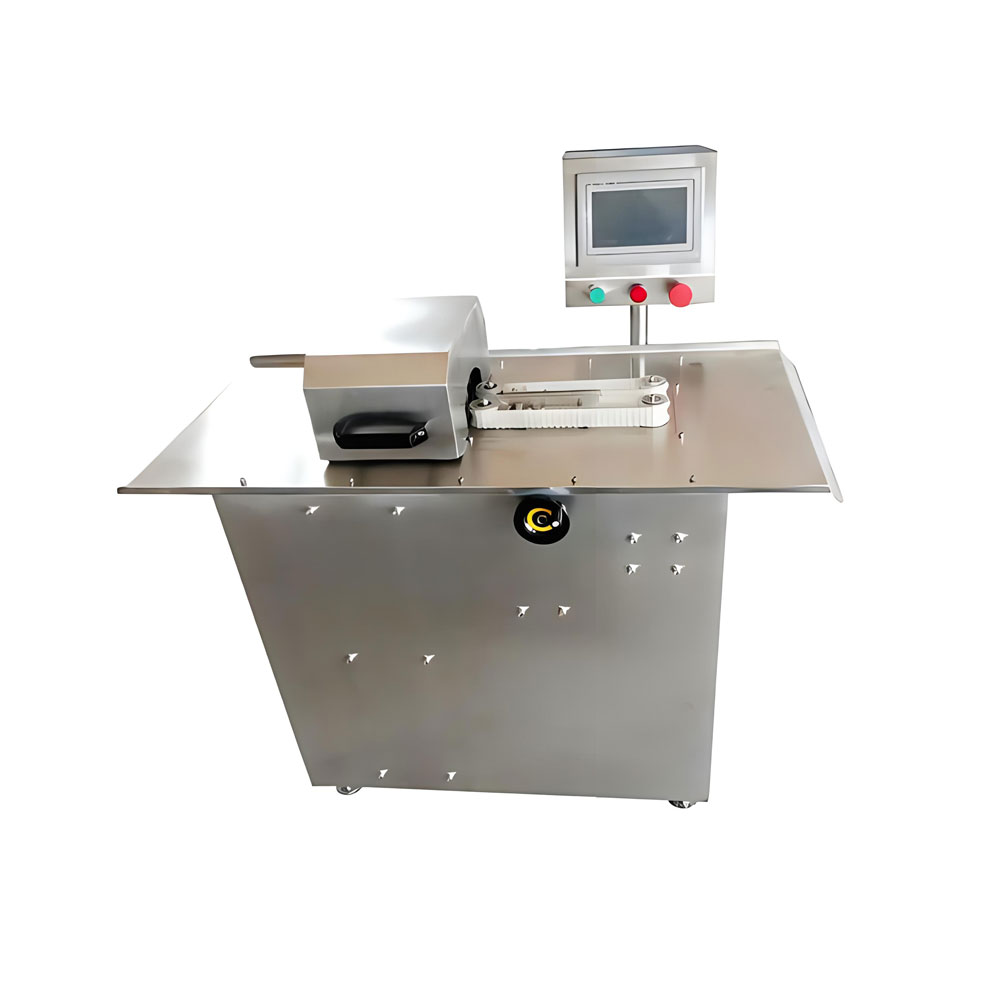
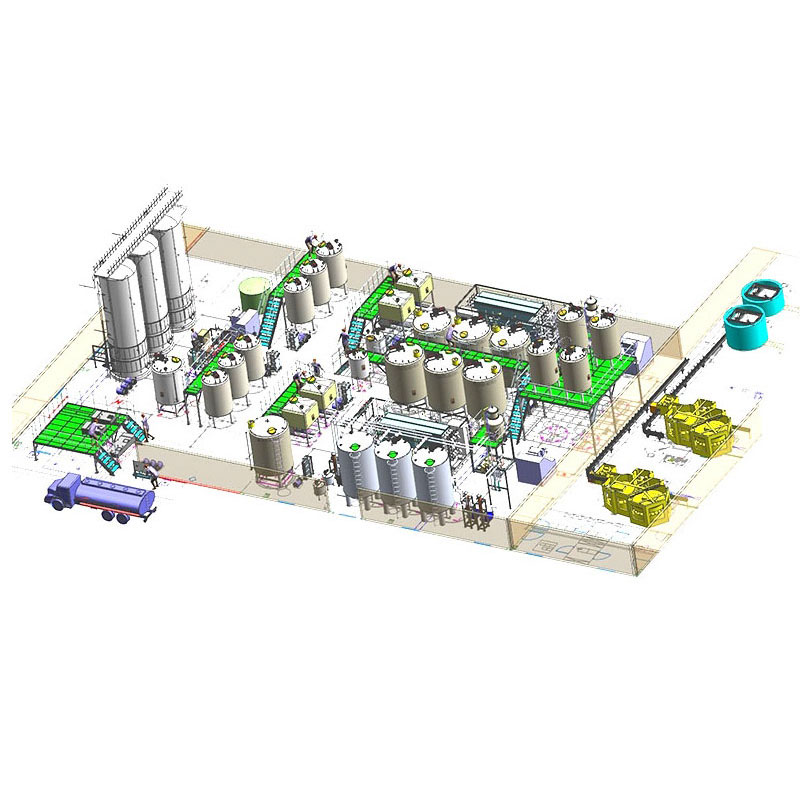
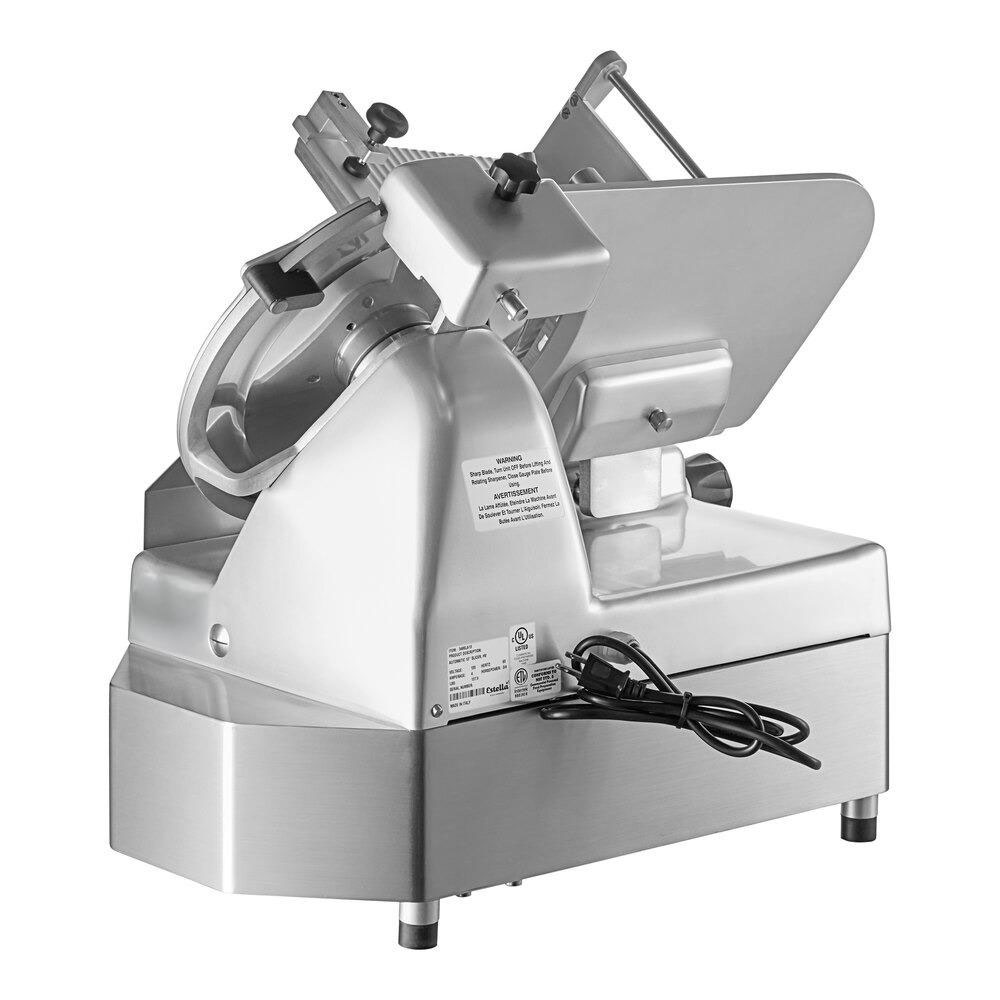
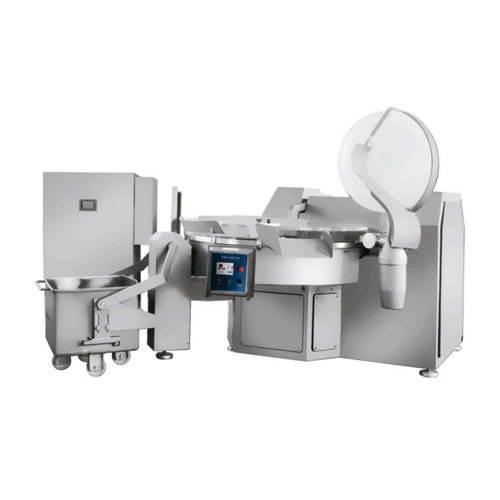
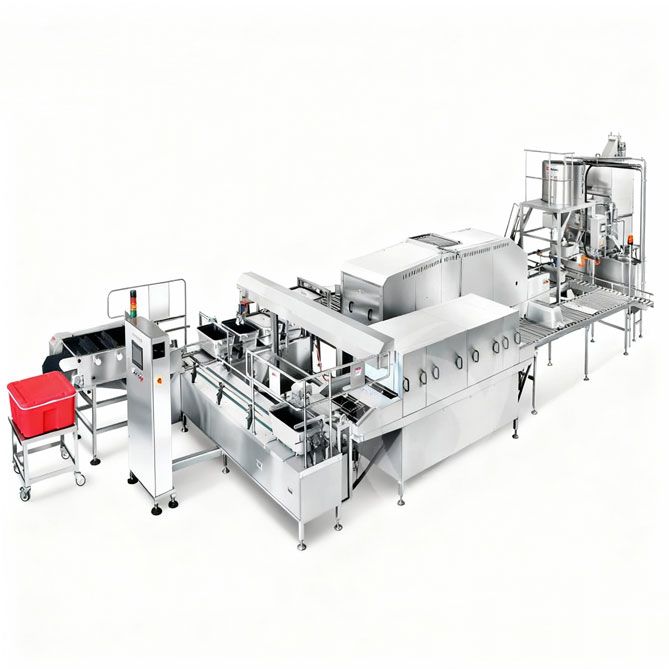
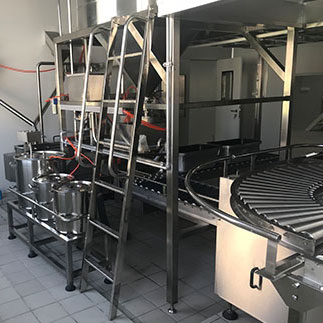 Cold Chain Rice Production Line
Cold Chain Rice Production Line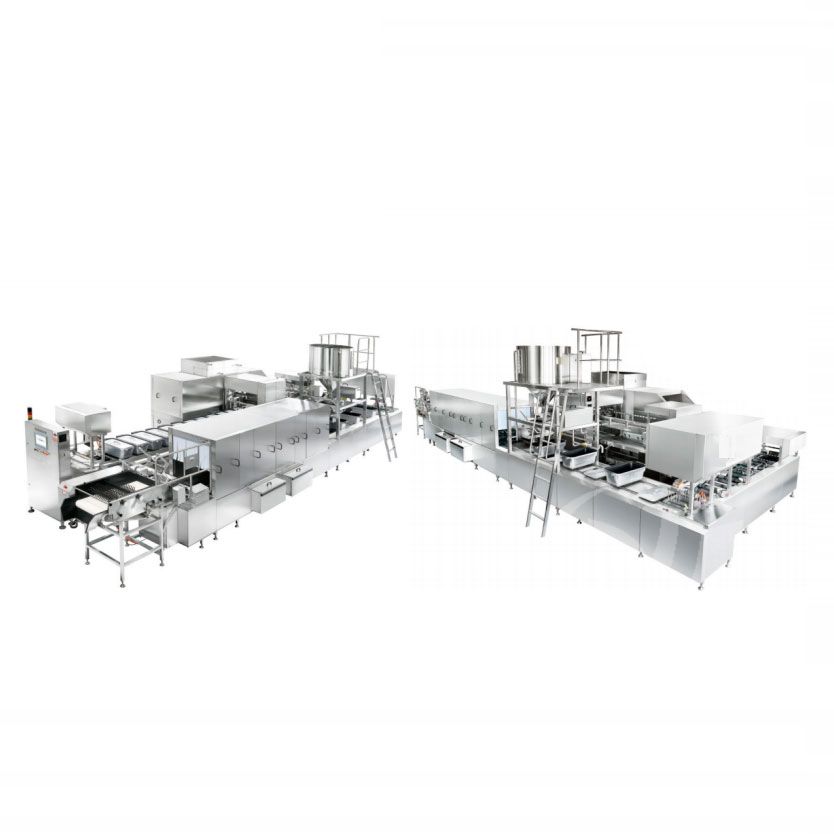 Unmanned Intelligent Rice Production Line
Unmanned Intelligent Rice Production Line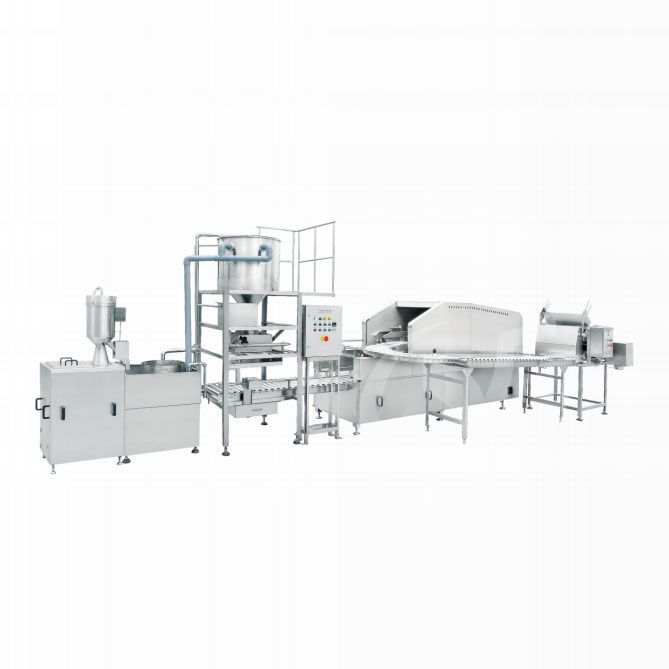 Automatic Rice Production Line
Automatic Rice Production Line
Ready to Get Started?